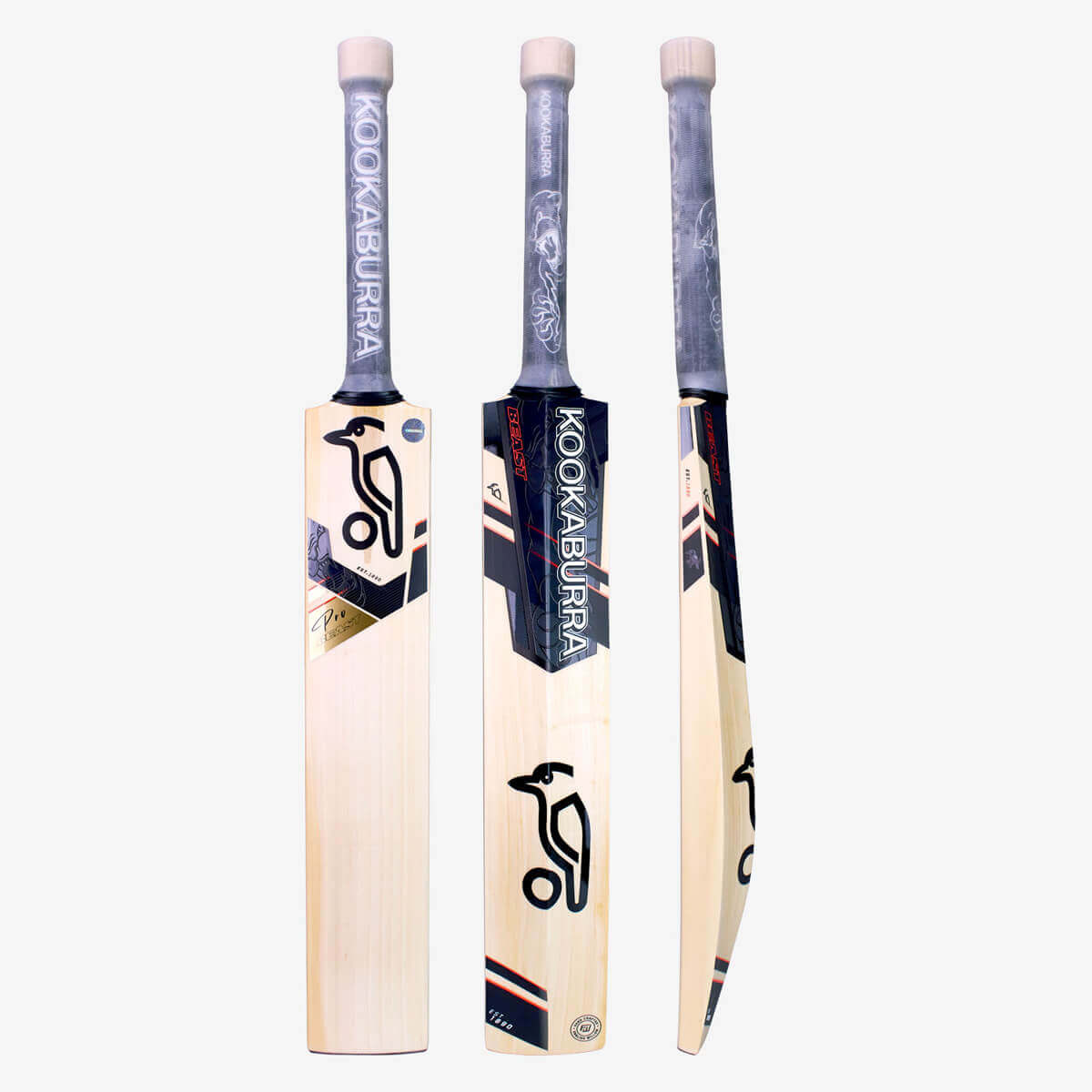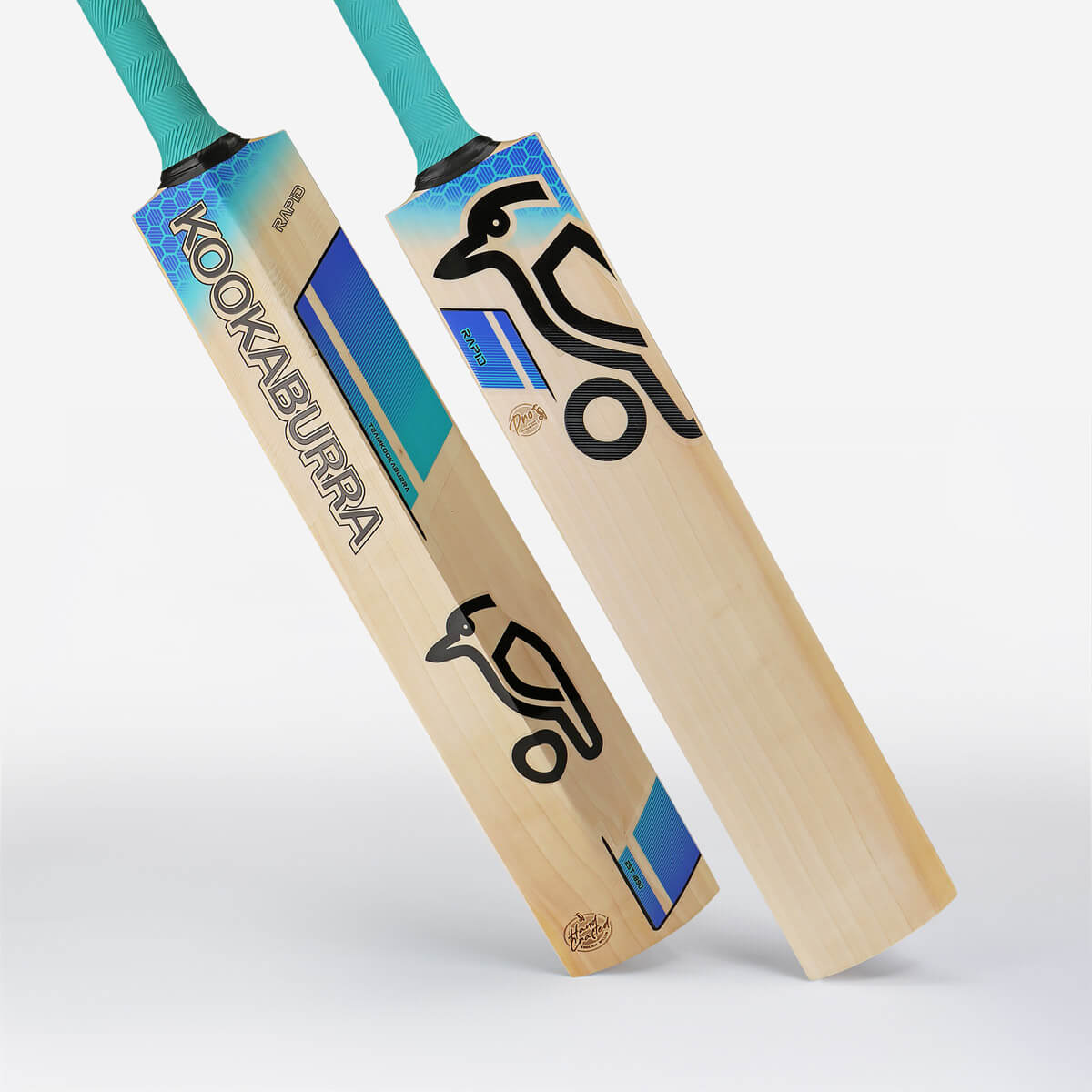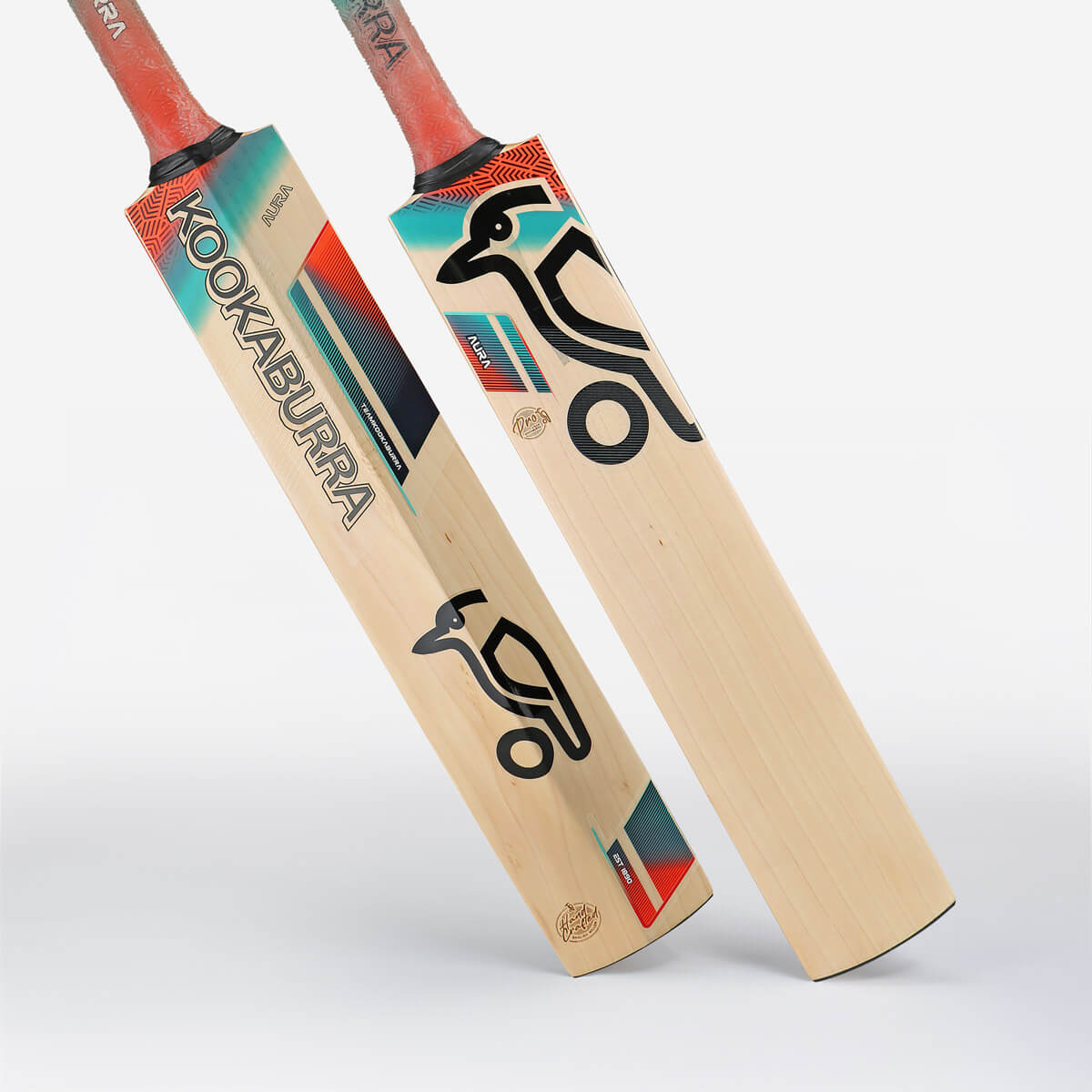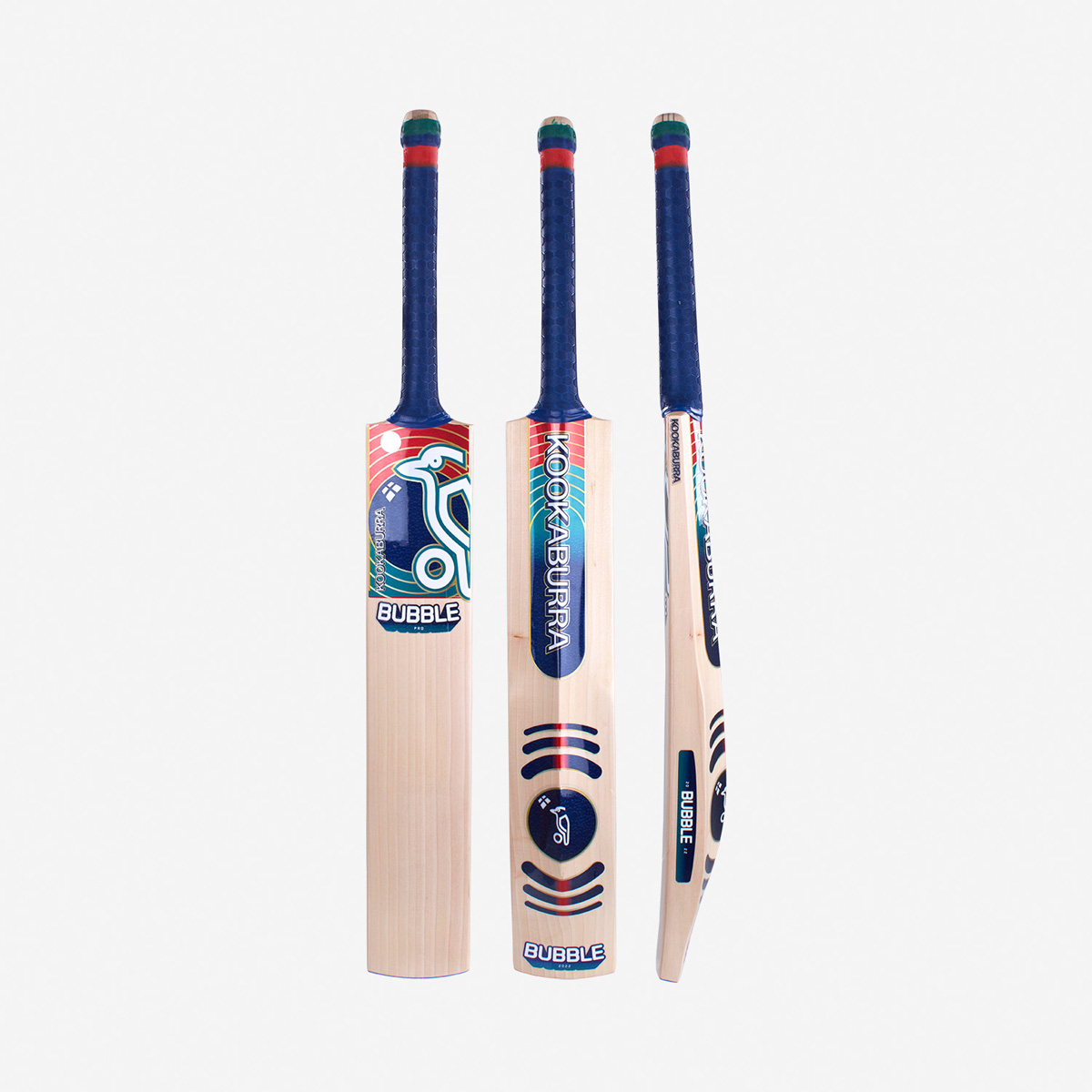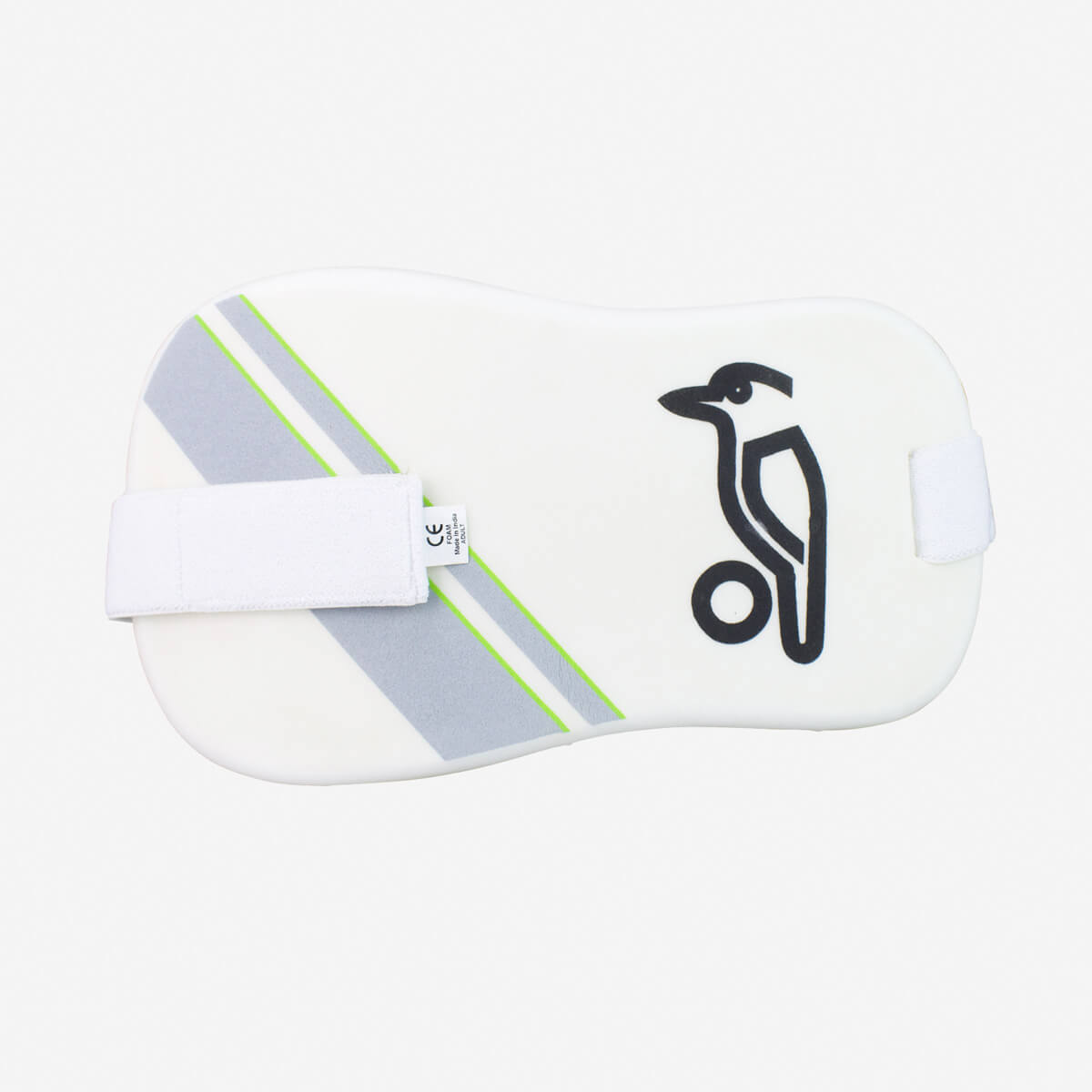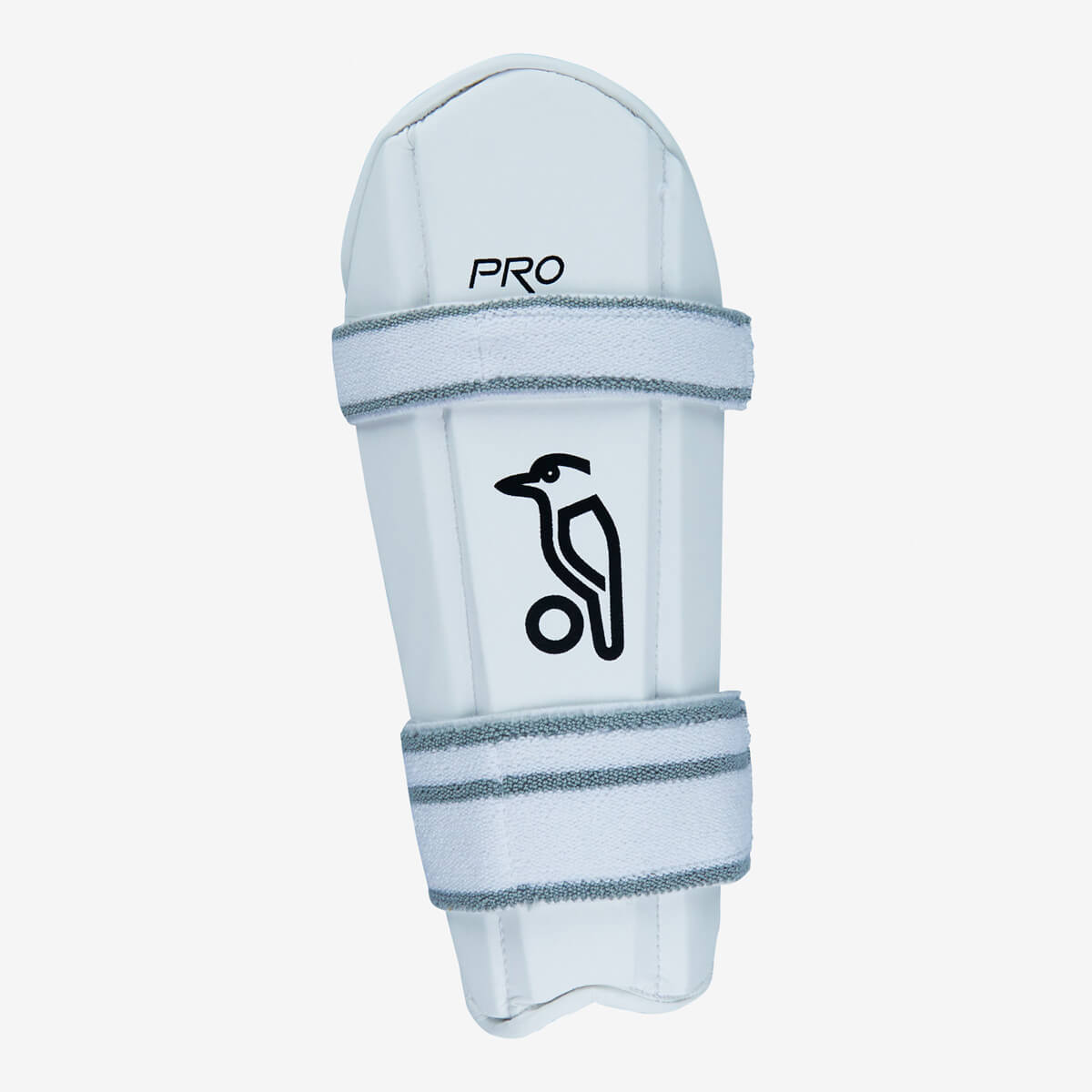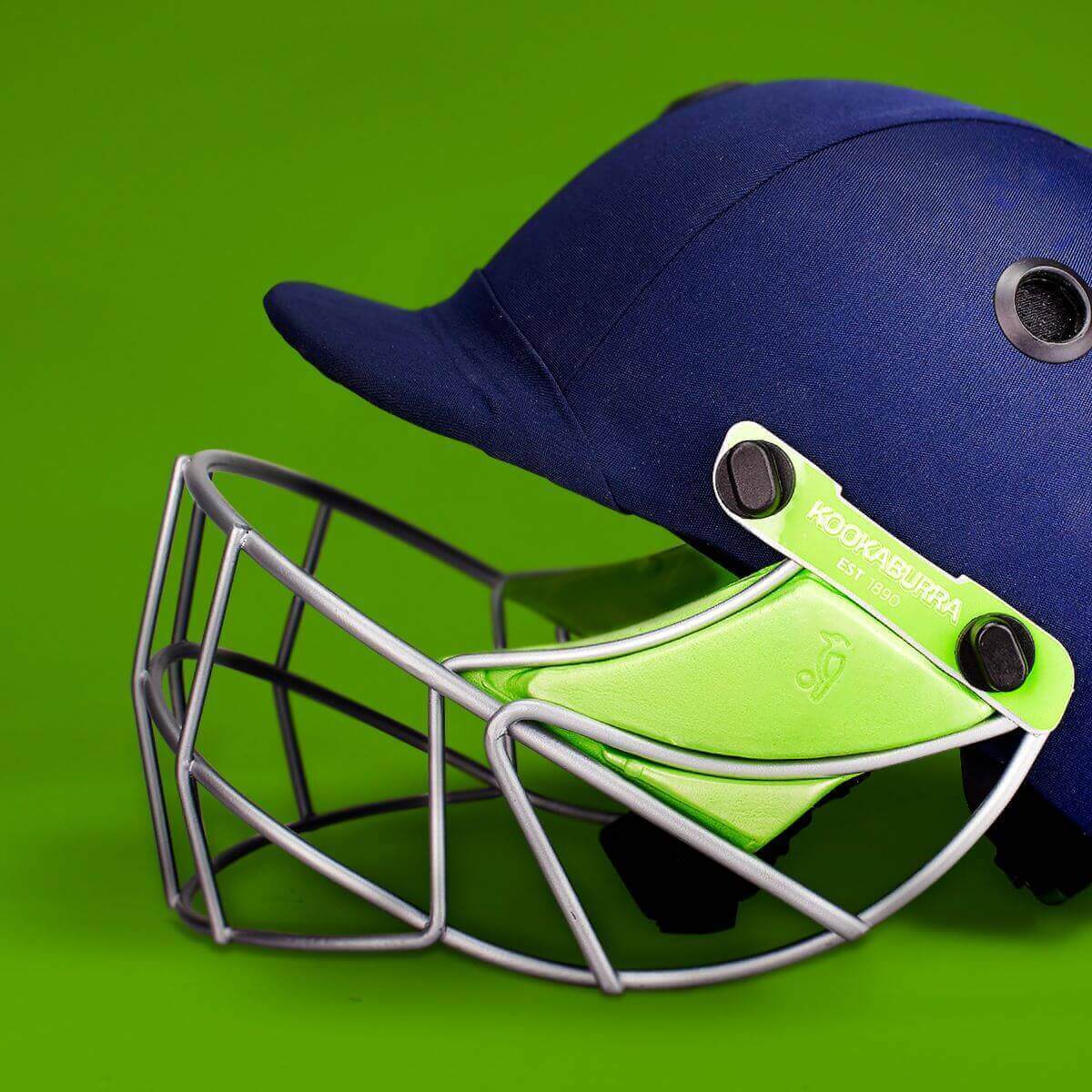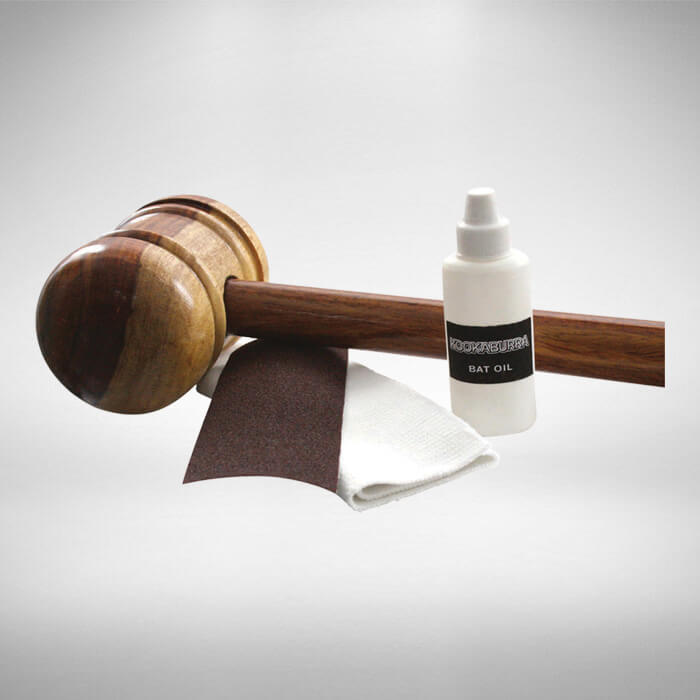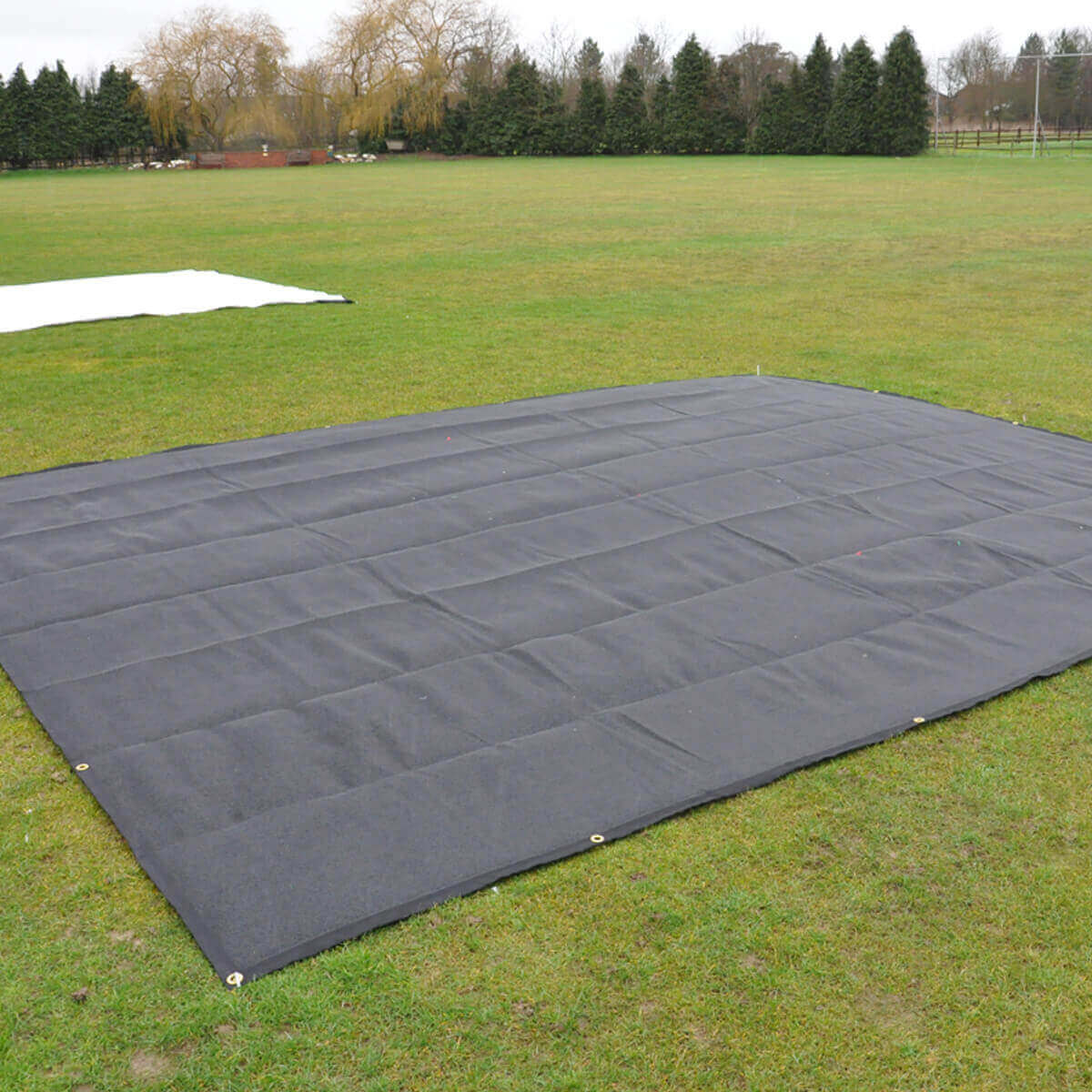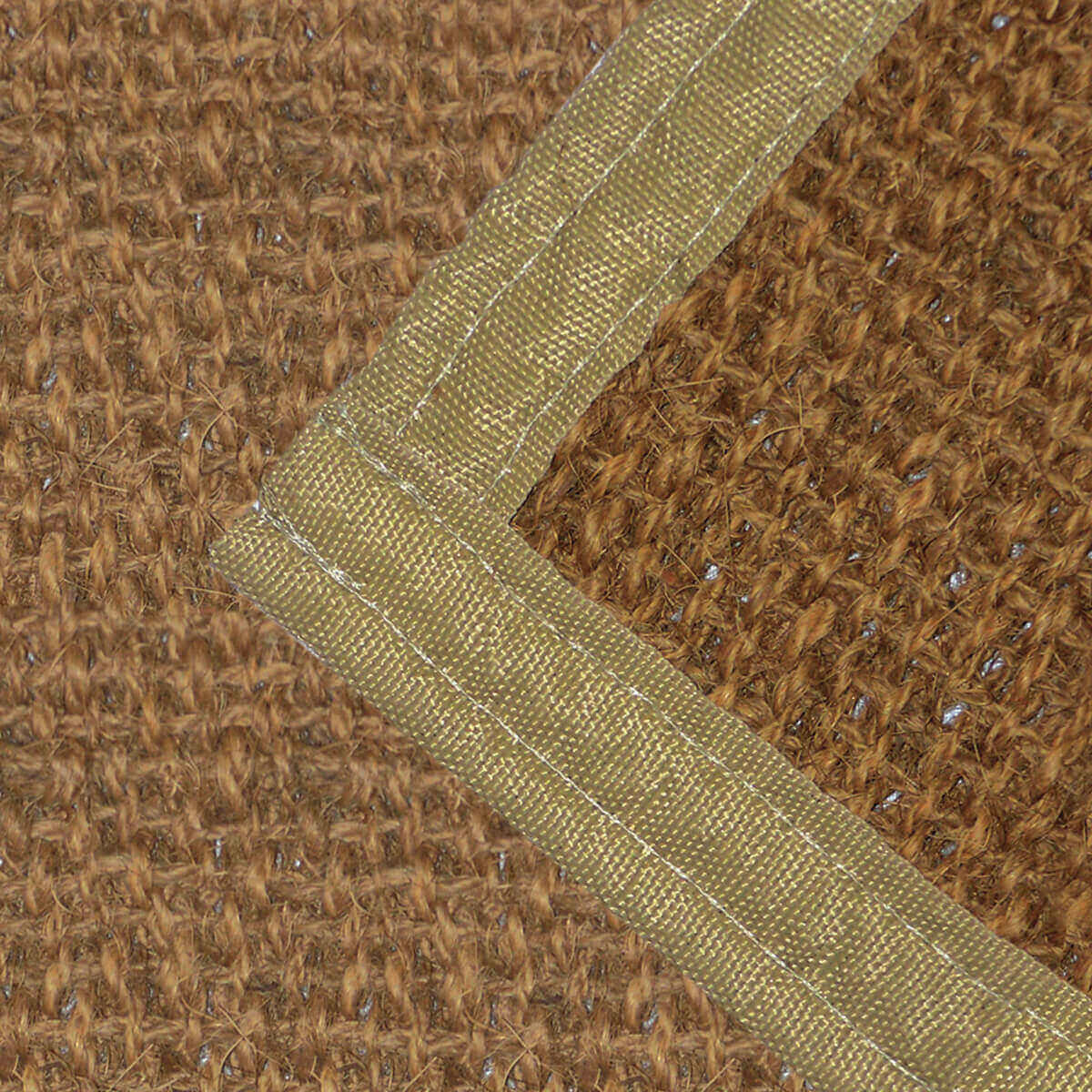Cricket Bat Care
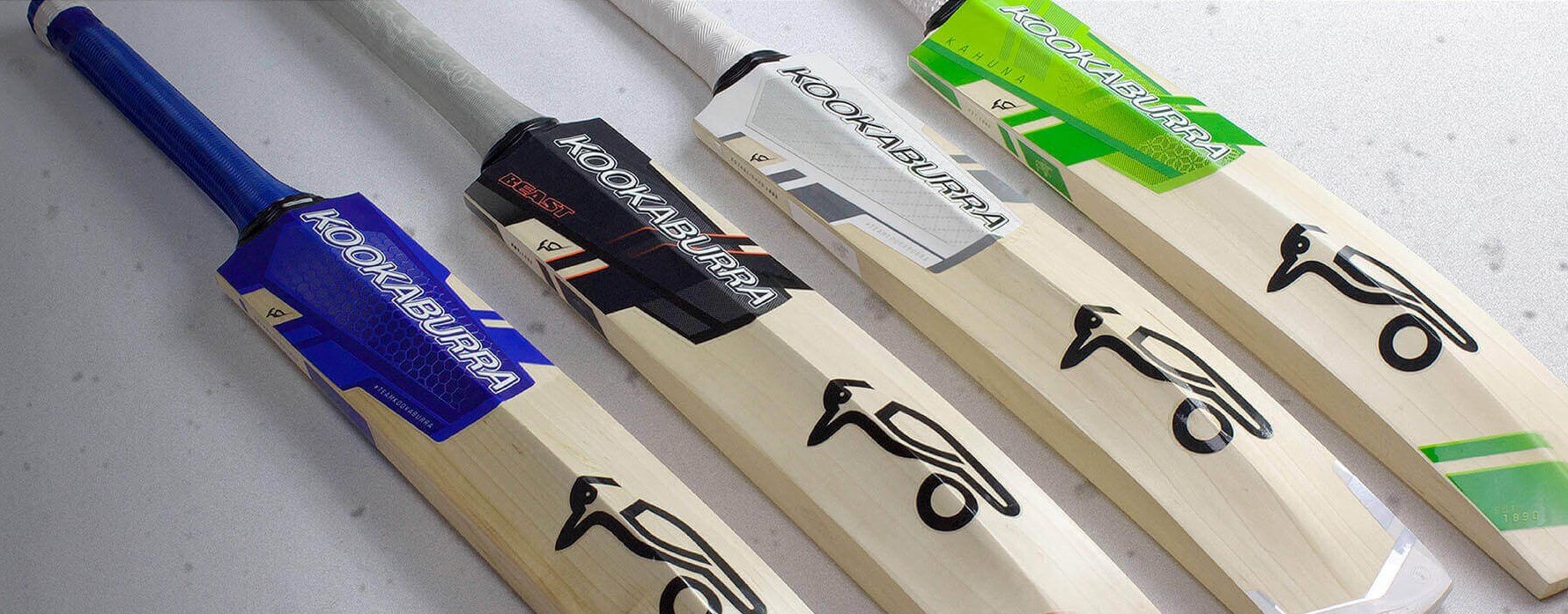
IMPORTANT – Please read this before you use your new bat
Cricket bats are made of willow. It is to be expected that the condition of the bat will deteriorate during its usage.
Irrespective of make or finish of a bat, superficial face and edge marks will almost certainly appear, together with indentations or bruising of the willow. This happens especially when ‘poly type’ coverings have been used, when the covering (a man-made fibre) does not react in exactly the same manner as willow (a natural fibre). In these circumstances there is no need to worry or concern as the durability and performance of the bat will be unaffected.
Almost every cricket bat returned to us by worried and sometimes ill-advised customers, are not complaints due to manufacture but merely reactions of willow.
If you are in doubt, telephone or email us before returning the bat. It could save unnecessary postage and inconvenience.
PREPARING YOUR BAT FOR PLAY
Cricket bat manufacturers recommend the following principles for the preparation and maintenance of cricket bats. Following these procedures will significantly reduce the possibility of damage occurring.
OILING
All natural faced bats MUST be treated using raw linseed or a specialist cricket bat oil. The main purpose of oiling is to maintain moisture levels within the blade, and hence reduce the chances of cracking and splitting.
Light coats should be applied to the face, edge, toe and back of the blade – taking care to avoid the logos and the splice area. Generally two or three coats should be sufficient. Each coat should be allowed to dry into the blade in a horizontal position before the next is applied.
CRICKET EQUIPMENT WARNING
- Do Not Stand Over Oil
- Do Not Stand The Bat In Oil
- Do Not Stand The Bat In A Vertical Position After Oiling
- Bats with full protective coatings should not have oil applied, but they must be conditioned as detailed.
ALTERNATIVELY – It is possible to fit a clear Anti-scuff or similar cover. This does not negate the requirement to ‘knock in’ the bat. The cover may assist the durability of the bat, but under no circumstances will it totally prevent surface damage.
KNOCKING IN
All bats are pressed, however ‘knocking in’ is VITAL. This is the process by which the fibres of the willow in the face and edges are compressed together to form a barrier, which protects the bat against the impact of the ball. Effective ‘knocking in’ will significantly improve the performance and increase the lifespan of the bat.
STAGE ONE
The ‘knocking in’ process should be undertaken carefully, using a special bat mallet or an old, quality cricket ball. The bat should be repeatedly struck (with gradually increasing force) in all areas where one would normally expect to hit the ball, this conditioning must be performed with patience. Particular attention should be given to the edges, although the edges or toe should not be struck directly at right-angles to the blade. This would be likely to cause damage.
This stage should take in the region of six hours, although it may vary as every bat is different.
STAGE TWO
The next step is to graduate to the use of the bat to hit short catches with an old, quality cricket ball. However, if the seam marks the blade, it is necessary to return to ‘Stage one’ for a further conditioning. This stage should be performed for at least another hour.
Once these steps have been taken, the cricket bat should be ready for use in matches. It is advisable to initially avoid use against the ‘new ball’.
In addition to these steps, it is recommended that the purchaser follow closely the ‘bat care’ instructions issued by the manufacturer.
WARNING: UNDER NO CIRCUMSTANCES SHOULD A BAT BE USED IN MATCH CONDITIONS LESS THAN TWO WEEKS FOLLOWING THE DATE OF PURCHASE
The worst thing a player can do to their bat
- Over oil an untreated, plain, non-synthetically covered blade, thus increasing the weight and making the willow dead with no drive, this eventually gives the wood ‘oil rot’.
- Endeavour to wash it clean with water.
- Constantly lap the bit in the crease on a wet wicket, thus saturating the base of the bat, causing the pressing to lift and the base of the bat to swell and generally crack horizontally.
- Use it without Knocking in’ or treatment.
- Continual ‘edging’ thus causing bruising and unnecessary indentations.
- Hit ‘Yorkers’ on the toe of the blade, thus denting and bruising the willow causing it generally to split horizontally but completely through the bat. This is more likely to happen on indoor, hard or synthetic wickets, or at the beginning of the season when the ground is very hard.
- Use cheap cricket balls (especially those with hard centres) which bruise and dent the willow. Many bats are dented due to this reason.



